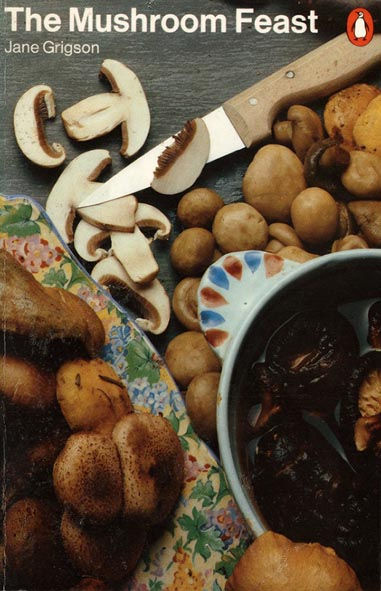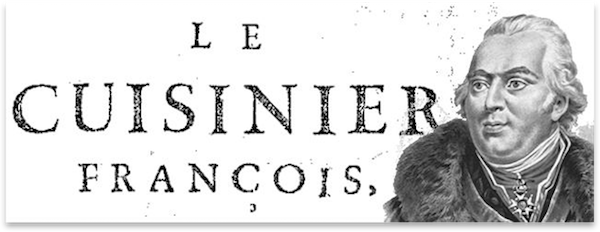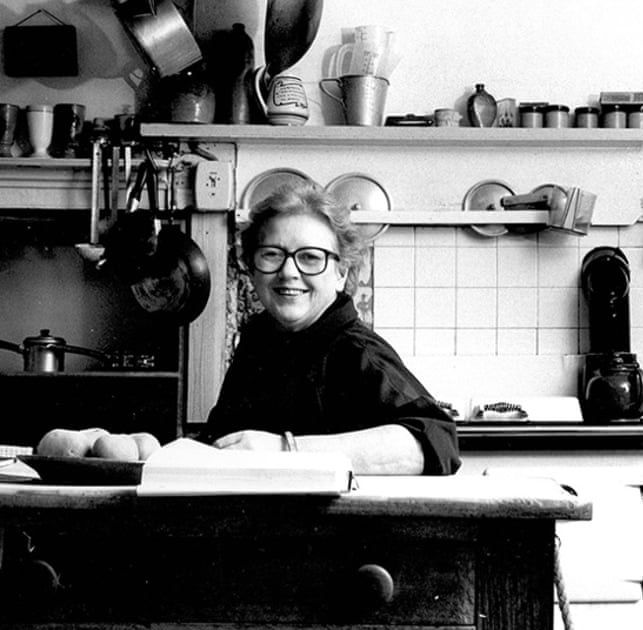Duxelles - a first recipe
- rosemary
- Jun 4, 2022
- 7 min read
"A few spoonfuls can be used to cut out the early stages of those many recipes which begin with onion and mushrooms sweated slowly together in butter ... Should you be lucky enough to have a glut of field mushrooms in your neighbourhood, or a well-organised deep-freeze, you will find this a useful recipe to know." Jane Grigson
For some reason the English are not into mushroom hunting. The two pictures above are two that I have taken recently - on the left mushrooms that look just like the mushrooms you buy in the shops. However, I am not game to pick them, for fear of poisoning myself and I doubt that my pharmacist will be able to help - as they would in France. The ones on the right look gorgeously exotic and for all I know are a ridiculously rare and wonderful gourmet delight. But again - I am not game. The Europeans - and probably the Asians too - however, are into mushrooming and you will indeed see Australians of Italian and other European descent picking them in the mushroom season - which would appear to be now. I simply don't understand why the English don't do this, because the English are really quite good at foraging for food along the hedgerows, in the fields and along rivers and beaches. So why don't they forage for mushrooms? There must be edible mushrooms in the damp fields and woodlands of England.
And this is where the romantic, poetic side of Jane Grigson comes in as she describes mushroom hunting in France:
"The concentration of eyes downwards, the careful tread of boots, require peace. ... Woods which have been silent most of the week, come alive. The crackling of dry wood announces our presence to all the others whom we cannot see, a more frequent shushing up of dead leaves ... One is isolated, alone, all sense of time goes in the velvet warmth of the young trees. ...
In the false, airless suspense of forests, where reality is quite driven out by stillness, feelings become magnified, silences deeper" Jane Grigson

"My voice
Becomes the wind;
Mushroom hunting" Shiki
quoted by Jane Grigson

My first recipe book is the first of a few by Jane Grigson, who is a wonderful mix of down-to-earth practicality and romantic philosophising on food. I love her recipes and have made many of them - but not enough, and not very many from this first of my collection - The Mushroom Feast. It's not her first book - just the first one I come to on my shelves. They are arranged in a very random manner.
I have not made very many because, like many people I guess, mushrooms do not readily spring to mind as a favourite ingredient, although that said, I am always sucked in by their beauty in the shops and, in fact, almost always have some in my fridge, ready to throw into this or that - often with the guilty pleasure of cream.
In her Introduction to why a book on mushrooms, Jane Grigson comments that
"Most cookery books - always excepting Plats du Jour by Patience Gray and Primrose Boyd are useless ... So, after some years, it came to us gradually that it would be sensible to collect together all the information on cooking the best edible mushrooms that we could - very much for our own convenience."

How times have changed - I think for two different reasons. Firstly, since the discovery and embrace of 'umami' - that mysterious fifth taste - mushrooms, which are big on umami, have become the food trendies' darling. The second reason is the proliferation of 'new' kinds of mushrooms - the oyster, the shiitake, the enoki, not to mention the dried ones - the porcini, the ceps and girolles. In addition to the variety is the growth of vegetarianism and veganism, with mushrooms being one of the main meat substitutes. Mushrooms are big. Jamie Oliver, in his book 7 Ways, features mushrooms as one of the most bought ingredients in England for example. And the late Antonio Carlucci also wrote a book on mushrooms, as have many other lesser known cooks.

Jane Grigson's book, however, suffers from one serious deficiency. It's a paperback with no glossy photographs. This doesn't matter too much when it comes to the recipes but she begins with a section on identifying different mushrooms. No colour makes this difficult in spite of the beautiful drawings by Yvonne Skargon. The beauty of time changing here though, is that you can always cross check online.
Before I get to the duxelles part of this post I would like to just share a few things I learnt about the cultivation and commercialisation of mushroom growing. Which began with the French back in the late 17th century - the time of the sun king, Louis XIV. A botanist named Marchant demonstrated that the
"white filaments which develop in the soil under mushrooms will, if transplanted into a suitable medium, give rise to more mushrooms."
The market gardeners of Paris capitalised on this and started growing them in underground quarries to supply the aristocrats. The peasants, one assumes were still out picking them.
Jane Grigson had a house in France in the Loire valley where mushrooms were cultivated in vast caves and indeed still are. She visited one in her own village, which, from her description, sounds like the picture on the left.
"I was rapidly distracted from any feeling of embarrassment by the sight of ribs of prepared earth on the floor, which ran away from our feet as far as the darkness of the passage was lit up by the proprietor's torch. The hummocky ribs were spotted over with the white skulls of mushrooms, and the soft air closed round us in perfect tranquillity as we picked our way between them into the heart of the cliff." Jane Grigson
The picture on the right is of a vast complex at Les Roches, nearby, today. Up to 75 miles of underground tunnels are available although I think only around 25 miles are actually used. And, of course, today they grow many varieties, not just the original button mushroom which is also sometimes called the Paris mushroom.
At around the same time as the French discovered how to cultivate mushrooms La Varenne, who could perhaps be described as the father of modern French cooking wrote a book called Le Cuisinier François.

"Varenne is said to represent the starting point of French cooking. He codified and defined the point in time where a medieval style of cooking, which had been more or less universal amongst the aristocracy throughout Europe, was replaced in France by a new, uniquely French way of cooking. Varenne rode this trend away from the past and made it a decisive break." Cook's Info

And one of those recipes he wrote down was duxelles. It's named for his employer - Le Marquis d'Uxelles who lived in this château in the Jura countryside. Uxelles is the name of the nearby village. So I don't think many people will argue about the origin of this particular recipe name.

Duxelles is not really a dish though. It's a way of preparing mushrooms for other things. A shortcut for a much used recipe beginning. You chop them very small - well most people these days say to put them in a food processor - with shallots. Cook them in butter with a herb like thyme until all the liquid has evaporated and you are left with dry mushrooms. Jane Grigson's words at the top of the page say it all really, but the recipe on The Spruce Eats website is a good place to go.

These days it looks as if most people serve it on toast of various kinds, or as a dip. But The Guardian, in the person of Will Murray, also suggests adding it to creamy sauces:
“The mushrooms dissolve into the sauce and add a rich undercurrent of earthy umami. Spread on toast, add to omelettes or mashed potato, or go all out with a wellington." Will Murray
For yes, the classic use of duxelles is in the British dish Beef Wellington. Felicity Cloake of course gives you the rundown on this. Jane Grigson sort of includes it in her book, calling it by the French name of Bœuf en croûte. The two dishes are fundamentally the same though, and probably deserve a post of their own. Suffice to say that it's fillet of beef wrapped, first in a duxelles and then puff pastry and baked in the oven. With variations of course. A grand and common dishes of the 60s and 70s, but no more I think. The sort of thing which was generally only served in restaurants if two people shared it.


I did a lucky dip from the book as well before returning this book to its home and came up with Scalloped fish with mushrooms. Google Books has digitised the book so the link will take you to the actual recipe. But nobody has had a go at cooking it online. The picture at left is the closest I came to it. Fundamentally you mix pieces of fish with a béchamel sauce that has been enriched with a duxelles, and then finish it under a grill with cheese on top. Not something that many people seem to have either thought of or attempted. Fish in a mushroom sauce - yes - but not with cheese on top. The thing I found most interesting about the recipe was how modern it was, in that her introduction suggests all manner of ways in which you might vary the recipe:
"A most useful recipe which is always successful, whether you use cod or turbot or salmon or shellfish. It's also good with cured fish, such as salt cod or smoked final haddock. Then again, you can use a mixture of fish ... the only ingredients that must not be left out are the mushrooms and the cheese: they add subtlety and picquancy, which turn this simply prepared dish into a real pleasure.
There are two more ways of adding extra piquancy to this dish ... if your fish is on the dull side and you have no cream for the sauce. The easiest thing is to add some good mustard to the mixture just before putting it into the shells or pots ... the other alternative is to add a few tablespoons of white wine and the juice of half a lemon to the mushrooms and onions when they are cooking." Jane Grigson
Somebody needs to get hold of this book, update it a bit - only mildly to cope with today's ingredients - and add classy photographs of mushrooms and the finished recipes. Mushrooms are just so today.
And I should use it more.

"Here, then, is the record of one family's pursuit of mushrooms both wild and cultivated, over the last twenty years. It has given us much pleasure and many enjoyable meals: and it has taken us to strange and beautiful places which were there all the time, sometimes right beneath our feet, and never far away."








Kommentare